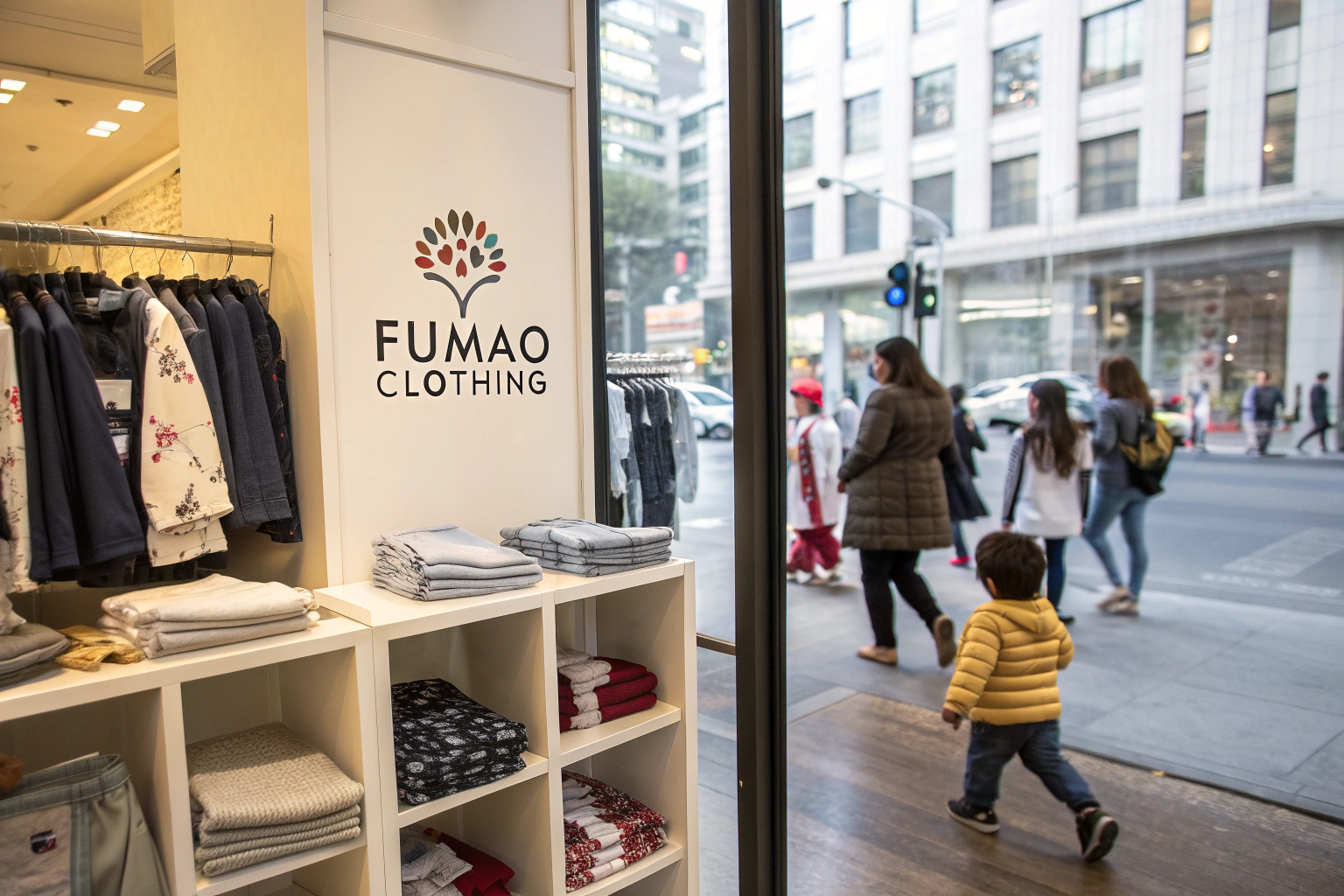Importing children’s clothing can be a logistical nightmare if not handled properly. Between customs declarations, surprise duties, compliance risks, and delivery delays — many apparel buyers feel frustrated and overextended.
That’s where DDP comes in. Delivered Duty Paid (DDP) shipping simplifies the import process by shifting all compliance and risk management to the supplier. For kidswear brands, especially those handling seasonal drops or large retail clients, DDP isn’t just convenient — it’s often the smarter and safer choice.
At Fumao Clothing, most of our North American clients now prefer DDP. In this article, I’ll explain exactly why this shipping model is better for children’s apparel and how it minimizes risk while increasing operational clarity.
What Is DDP and How Does It Work for Apparel?
DDP stands for Delivered Duty Paid — an Incoterm that means the supplier is responsible for delivering goods to the buyer’s door, including customs clearance and payment of duties.
It’s the opposite of FOB or EXW, where the buyer handles import steps.
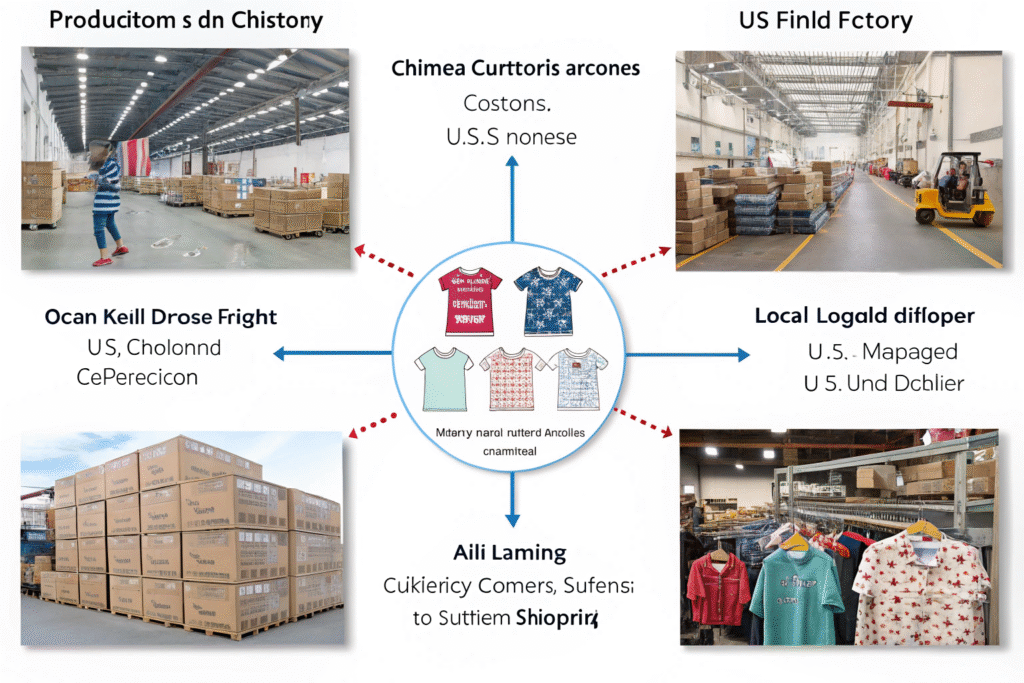
What Does the DDP Process Include for Children’s Apparel?
- Export declaration in China
- Booking freight space (ocean, air, or rail)
- U.S. customs clearance and tax filing
- Last-mile delivery to warehouse or fulfillment center
- Inclusion of documentation: invoice, packing list, HTS code, and Certificate of Origin
As explained by Freightos, DDP is best when buyers prefer simplicity and predictable landed costs.
How Is DDP Different From DDU or FOB?
Unlike DDU (Delivered Duty Unpaid), where customs can still charge duties on arrival, DDP ensures that the price you receive is final. And unlike FOB, there are no shipping surprises or port-related headaches.
For children’s apparel, where timing and margin pressure are high, this difference matters. You can compare all Incoterms at Incotermsexplained.com.
Why Is DDP Better for Small and Mid-Sized Kidswear Brands?
Many small to mid-sized apparel companies don’t have the staff or customs experience to manage international freight. DDP removes this pressure completely.
It lets small brands focus on design, sales, and customer service — not logistics.
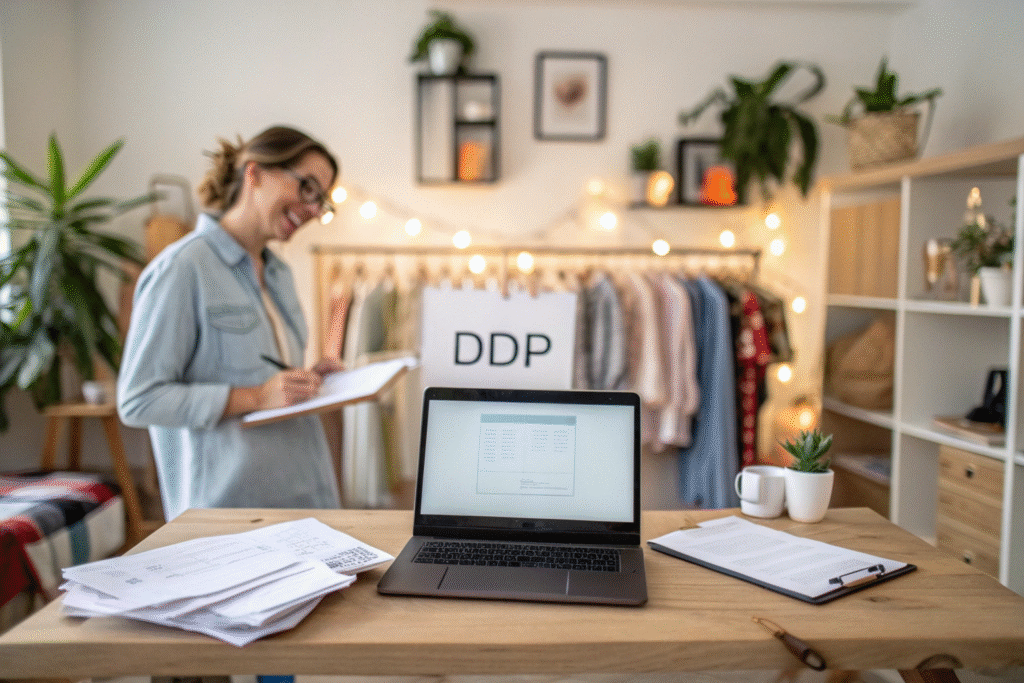
How Does DDP Help Avoid Customs Delays?
With DDP, the factory (or their freight partner) files customs paperwork before goods arrive. This includes HTS classification, CPC certificates, and declaration values — all required by U.S. CBP. By handling it upfront, goods move faster.
Even if customs inspects the cargo, the supplier manages the communication. For brands selling to platforms like Amazon FBA, this speed is vital.
Can DDP Prevent Unexpected Charges?
Yes. Duties, brokerage fees, and port charges are all paid in advance. That means your landed cost is accurate from day one. At Fumao, our clients receive a per-carton DDP quote that includes everything — ideal for predictable margins and budgeting.
Compare this to EXW or CIF shipments where buyers often get hit with demurrage or handling fees they didn’t plan for.
How Does DDP Support Better Timing for Seasonal Kidswear?
For children’s apparel, timing is everything. A summer dress arriving in September is unsellable. DDP offers better control over shipping schedules because the supplier owns the timeline.
When suppliers control the freight chain, they can optimize transit windows and avoid bottlenecks.
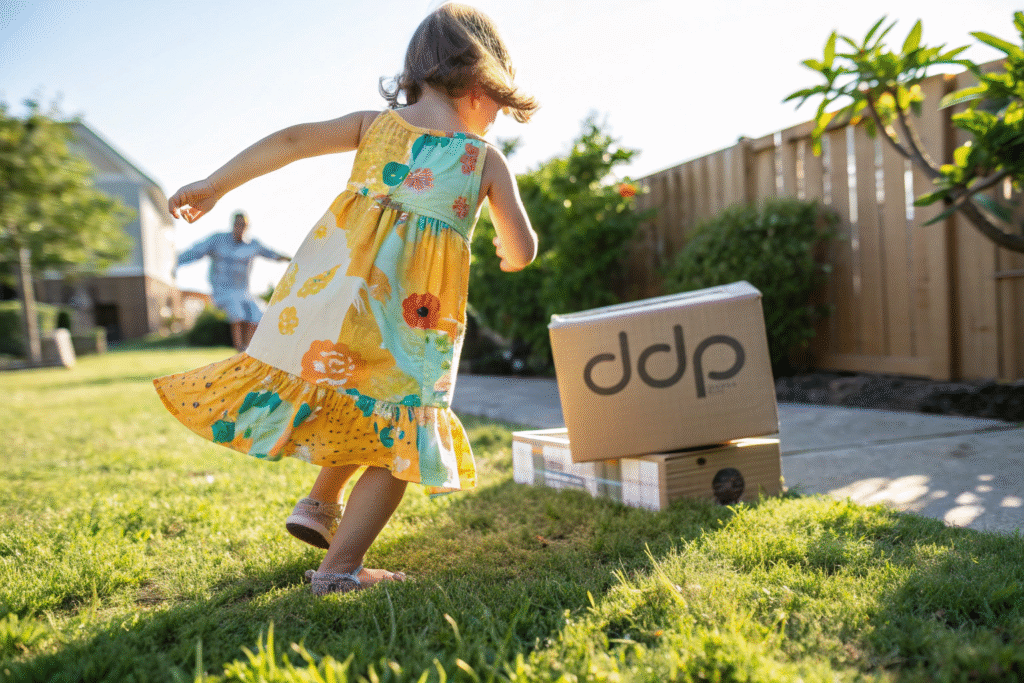
What Are the Timing Advantages of DDP for Fashion?
With FOB or CIF, delays happen when freight booking or customs isn’t managed proactively. Under DDP, the supplier pre-books space, files Entry Summaries (CBP Form 3461), and delivers directly to your 3PL or warehouse.
Retailers like Macy’s or Carter’s expect timely deliveries — often penalizing late shipments. DDP ensures seasonality is met.
Does DDP Work with Air and Ocean Freight?
Absolutely. We ship many toddlerwear collections via both sea (FCL and LCL) and air courier (for fast replenishment). DDP is a pricing structure — not a mode. Whether you’re shipping 10 cartons or 1,000, we can quote full DDP to New York, Los Angeles, or anywhere in between.
You can also combine with DDP+3PL Fulfillment to route directly into eCommerce pipelines.
What Are the Risks of DDP and How to Avoid Them?
While DDP offers huge benefits, not all DDP offers are created equal. Buyers must vet whether the supplier is using licensed customs brokers and providing real documentation.
Some “cheap DDP” quotes cut corners — putting your cargo at risk.
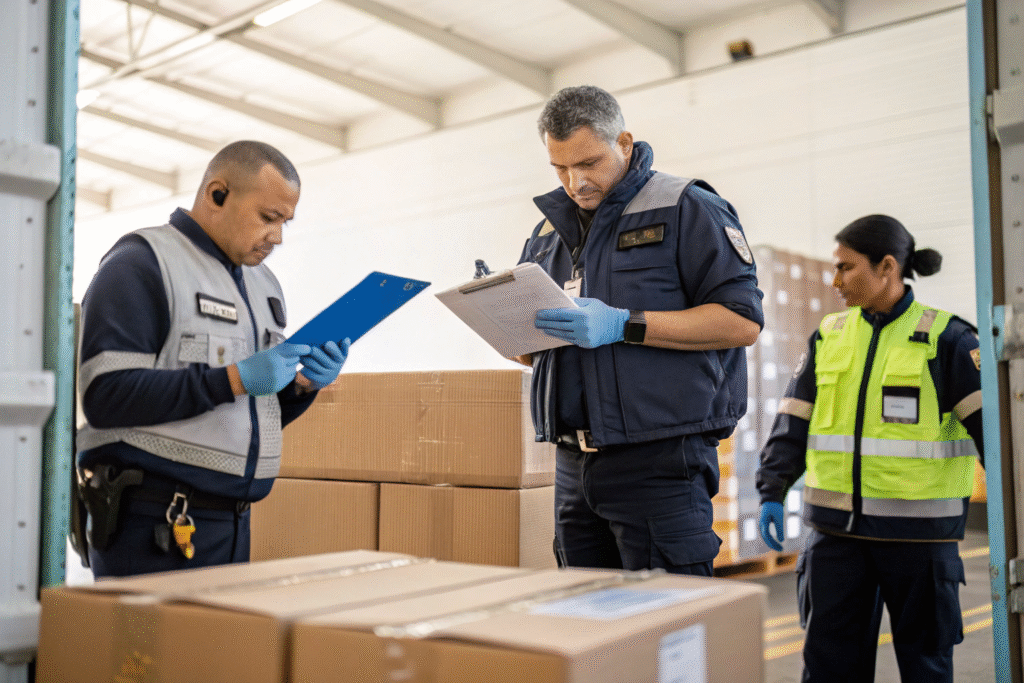
What Should You Ask Before Accepting a DDP Quote?
- Is the shipment cleared under my company name or yours?
- Are duties prepaid or deferred?
- Will I receive a copy of Entry Summary (CBP 7501)?
- Who is the broker of record?
If the factory won’t share these details, they may be using gray-channel clearance, which can result in customs seizures. Refer to CBP Importer Guidelines for safe practices.
How Can You Ensure DDP Is Done Correctly?
Partner with a supplier who uses licensed freight forwarders like DHL Global Forwarding, Flexport, or regional experts like GeeseCargo. At Fumao, we work only with registered U.S. brokers and issue all CBP forms upon delivery.
Ask for a sample DDP invoice and customs paperwork before your first shipment.
Conclusion
For importing children’s clothing — where compliance, timing, and cost certainty are crucial — DDP stands out as the most efficient shipping method. It reduces administrative load, avoids surprise charges, and ensures your inventory arrives on time and tax-paid.
At Fumao Clothing, we’ve helped dozens of kidswear brands scale confidently using DDP. From documentation to door-to-door logistics, our clients enjoy smooth shipping, accurate cost planning, and peace of mind.
If you want to focus on growth and let professionals handle your global logistics — DDP is the way forward.

